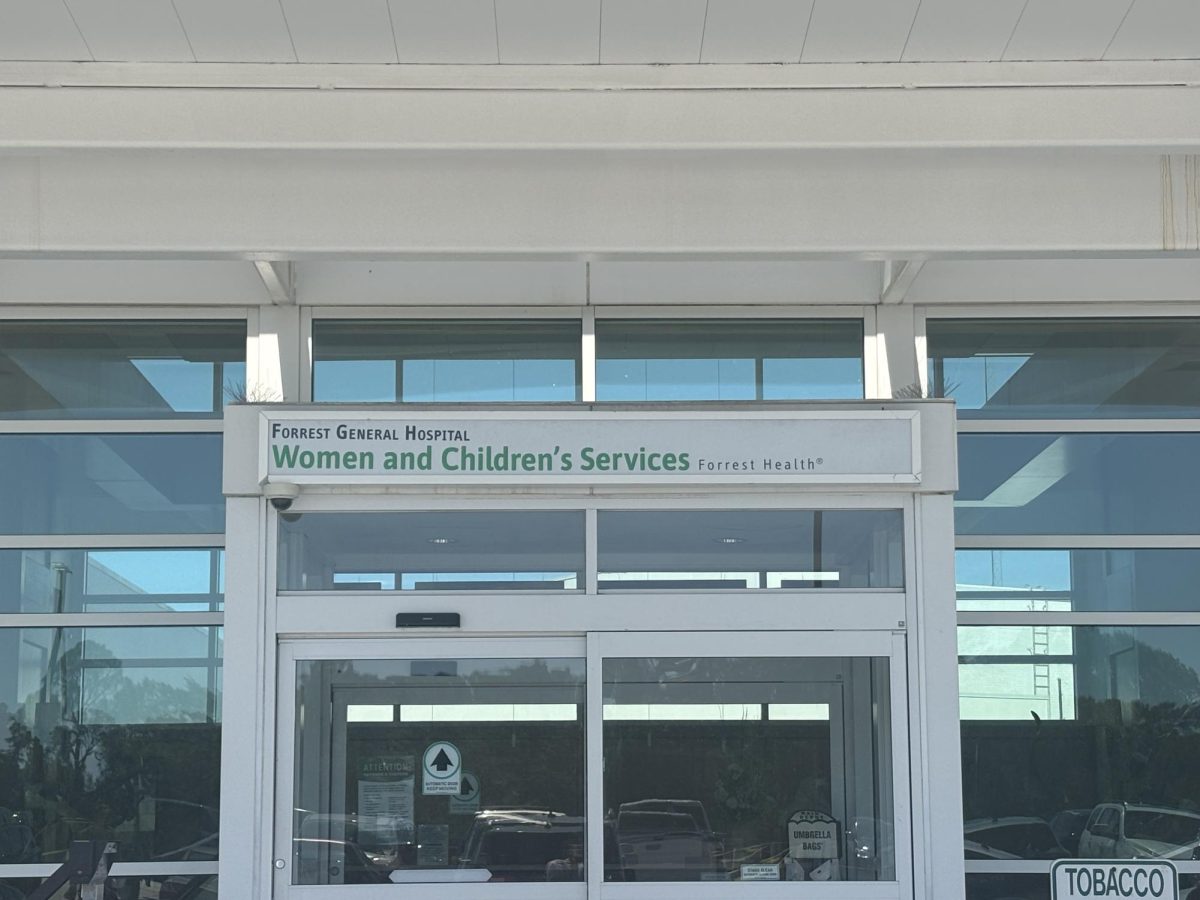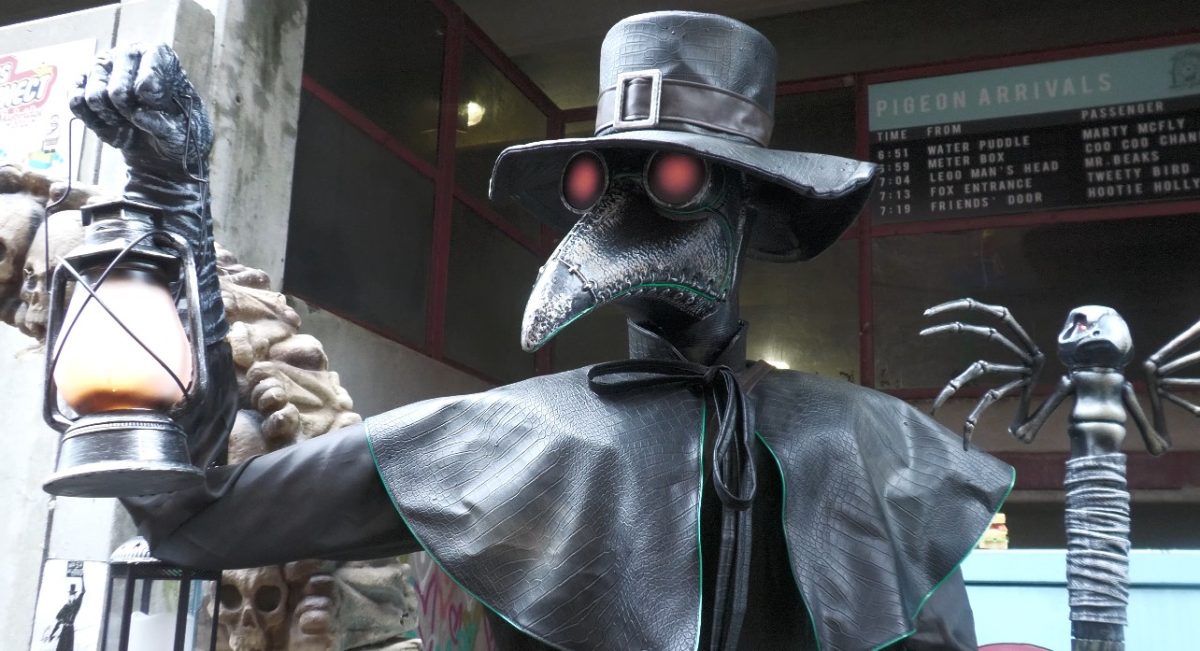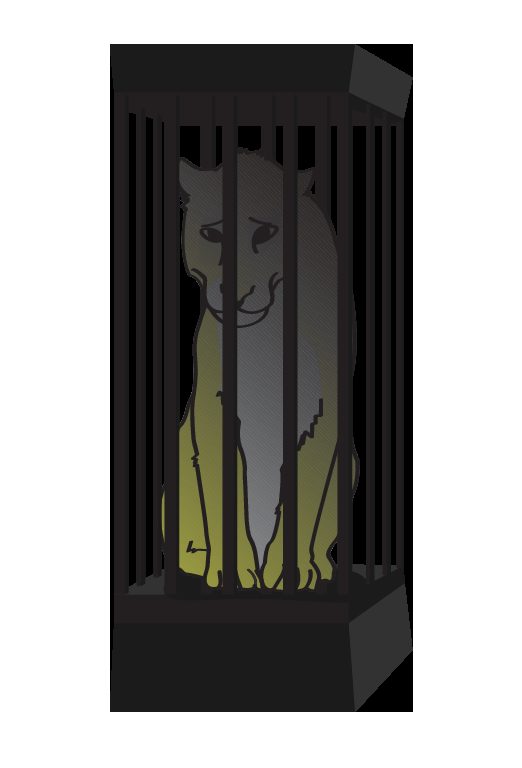Throughout the years, animal rights activists have been evaluating the contribution of zoos in North America. As compared to wildlife refuges, zoos fall short in care as well as providing a natural habitat similar to the home most animals originate from.
In 2008, National Geographic performed a study on wild elephants compared to their zoo counterparts. The study concluded that wild elephants live almost twice as long as elephants in zoos. However, elephants are not the only animals struggling to adapt after being captured. Zoos are able to capture their animals in their own natural habitat for practically no reason at all. Many say it’s for our own entertainment, but others defend it in order to find comfort in the inhumane treatment.
With more than 2,400 zoos and only 560 wildlife refuges in the United States, the conclusion is clear: we only care about animals if we feel benefited in the process. In other words, zoos can buy, sell and trade animals in order to further their image or profit from it. With this, society feels a need to lock animals in cages for our own gain. We feel that this entertainment is valid because zoos are considered to be rescuing these animals, which is rarely ever the case.
Zoos are being overpopulated with animals due to an interest in exotic wildlife. Because of this, breeding is another negative effect on how animals are treated within closed walls. The more a society wants from a zoo, the more the zoo provides. Although zoos are seen as educational, a study in 2014 from National Geographic and PETA proves that this is far from the truth. The study concluded that zoos neither benefit animals or humans in any way.
Wildlife refuges differ in comparison with zoos in the sense of capture, care and interaction with the public. Many of these places only hold animals if they are endangered or in need of medical assistance. However, sanctuaries hold animals that are dying in order to comfort them. Compared to zoos, wildlife refuge does not perform for an audience. Instead, they are attentive to their animals with the intention of eventually releasing them back into the wild.
The fact is, captive breeding is not always effective or even necessary. Zoos not only fall short in providing a natural habitat for the animals being held captive, but they also rarely treat them with the medical assistance or freedom they deserve. According to a report by World Animal Protection, 75% of World Association of Zoos and Aquariums were considered areas of concern from the foundation. With signs of abuse and neglect, these zoos are only being put on probation.
Zoos must stop exploiting these animals for entertainment. This is abuse. It is pointless to continue with the mistreatment of animals for society’s own personal gain. Years have gone by where humans have locked these creatures in cages and stood idly by in order to watch in awe. The animals inside the cages are cramped, bored and dying at a faster rate. Society must take a stand and change these outcomes.
























